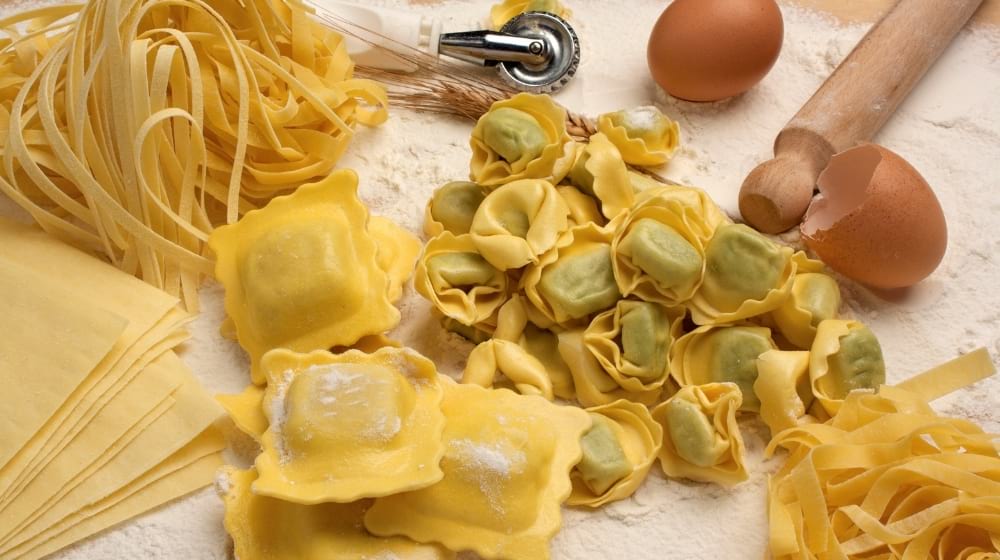Introduction
Ah, the joy of harvesting tomatoes from your garden each summer! Whether you’re a fan of the cherry variety like me or prefer the robust Romas, there’s something incredibly satisfying about plucking these red jewels. But what to do when you have a surplus? Sure, you can use them in salads, sauces, and even freeze them for later. But have you ever considered making your own sun-dried tomatoes? Don’t worry; you don’t actually need the sun for this. A dehydrator will do just fine, and it’s quicker and simpler!
Why Sun-Dried Tomatoes?
Sun-dried tomatoes are not just a fad; they’re a culinary delight that has stood the test of time. Their concentrated flavor can elevate any dish, from pasta and stews to sandwiches and omelets. They’re incredibly versatile and can be used in a myriad of ways:
- In Pasta: Try them in our Sicilian pasta salad or mixed in our chicken and asparagus pasta with pesto.
- In Breakfast: Add them to your omelets or scrambled eggs.
- As a Snack: Yes, they’re delicious straight from the container!
- In Sauces: Rehydrate them in boiling water and puree to make different types of sauces.
Choosing the Right Tomatoes
For drying purposes, Romas are usually the go-to choice. However, you’re not limited to just one type. Here are some other options:
- Beefsteak: These are large and juicy, excellent for those who prefer a meatier texture.
- Cherry: These tiny tomatoes are sweet and perfect for snacking.
Remember, always opt for the firmest tomatoes. Mushy ones will not yield the best results.
Step-by-Step Instructions
Prepping the Tomatoes
- Wash the tomatoes thoroughly to remove any dirt or pesticides.
- Remove the stems and any blemished skin.
- Cut into ¼-inch slices or in half. Thicker slices will take longer to dry out.
Seasoning (Optional)
At this point, you can sprinkle them with herbs for added flavor. Some popular choices are:
- Oregano
- Basil
- Thyme
- Garlic powder
Drying Process
- Arrange the slices on the dehydrator trays.
- Set the dehydrator to 150°F.
- Dry them out for about 10 hours maximum, checking every hour or so after the first 4 hours. They should take on a leathery texture.
Storage
Place your dried tomatoes in an air-tight container, and store them in the refrigerator or freezer. They should last for 6 months to a year with proper storage.
No Dehydrator? No Problem!
If you don’t own a dehydrator, you can also dry your tomatoes in a 150°F oven. Follow the same preparation steps and place the slices on baking sheets. It will take a few hours for them to achieve the desired leathery texture.







